当前位置:网站首页>See once to understand, graphic single chain table inversion
See once to understand, graphic single chain table inversion
2020-11-07 20:56:00 【Snail boy】
Preface
Reverse linked list is the basic quality of programmers , Often in interviews 、 In the process of written examination . I always think that the implementation code of reverse linked list is not well understood , Decided to move leetcode The classic reverse list problem came out , Use more than ten pictures to analyze it , We hope to deepen our understanding of the inversion of linked list , Thank you for reading .
leetcode The original problem of reverse chain list & answer
Title Description : Invert a single chain table .
Input :
1
->
2
->
3
->
4
->
5
->
NULL
Output :
5
->
4
->
3
->
2
->
1
->
NULLanalysis :
Suppose there are linked lists 1 → 2 → 3 → Ø, We want to change it to Ø ← 1 ← 2 ← 3.
When traversing the list , Set the... Of the current node next The pointer changes to the previous element . Because the node does not refer to its previous node , So you have to store its previous element in advance . Before changing the reference , Another pointer is needed to store the next node . Don't forget to return a new header reference at the end !
Code implementation :
public
ListNode
reverseList
(
ListNode
head
)
{
ListNode
prev
=
null
;
ListNode
curr
=
head
;
while
(
curr
!=
null
)
{
ListNode
nextTemp
=
curr
.
next
;
curr
.
next
=
prev
;
prev
=
curr
;
curr
=
nextTemp
;
}
return
prev
;
}The realization of reverse code of diagram linked list
Next , We illustrate the above code implementation , First, add line number to the above implementation code , as follows :
public
ListNode
reverseList
(
ListNode
head
)
{
//1
ListNode
prev
=
null
;
// 2
ListNode
curr
=
head
;
// 3
while
(
curr
!=
null
)
{
//4
ListNode
nextTemp
=
curr
.
next
;
//5
curr
.
next
=
prev
;
// 6
prev
=
curr
;
//7
curr
=
nextTemp
;
//8
}
return
prev
;
//9
}The first line of code illustration
public
ListNode
reverseList
(
ListNode
head
)
{
//1 Let's describe the meaning according to the topic , Suppose the list has 1、2、3 An element , And then there's a null, And because the input is ListNode head, So the list to be reversed is as follows :
The second line is a code illustration
ListNode
prev
=
null
;
// 2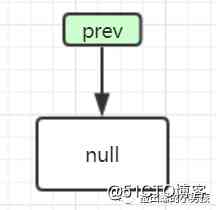
take null Assign a value to prev, namely prev Point to null, The available figures are as follows :
The third line is the code illustration
ListNode
curr
=
head
; Link list head Assign a value to curr, namely curr Point to head Linked list , The available figures are as follows :
Loop part code diagram
while
(
curr
!=
null
)
{
//4
ListNode
nextTemp
=
curr
.
next
;
//5
curr
.
next
=
prev
;
// 6
prev
=
curr
;
//7
curr
=
nextTemp
;
//8
}The loop part is the core part of the list inversion , Let's go through the cycle first , Graphic analysis of a wave .
because curr Yes head,head Not for null, So into the cycle . First of all, let's see No 5 That's ok :
ListNode
nextTemp
=
curr
.
next
;
//5 hold curr.next Assign a value to nextTemp Variable , namely nextTemp Point to curr The next node of ( That is node 2), The available figures are as follows :
Then go to 6 That's ok :
curr
.
next
=
prev
;
// 6 hold prev Assign a value to curr.next, because prev Initializing points to null, namely curr( node 1) Yes null, This is the diagram of the list :
Then we see the implementation of the 7 That's ok
prev
=
curr
;
//7 hold curr Assign a value to prev,prev Point to curr, The diagram is as follows :
next , Let's go to 8 That's ok :
curr
=
nextTemp
;
//8 hold nextTemp Assign a value to curr, namely curr Point to nextTemp, The diagram is as follows :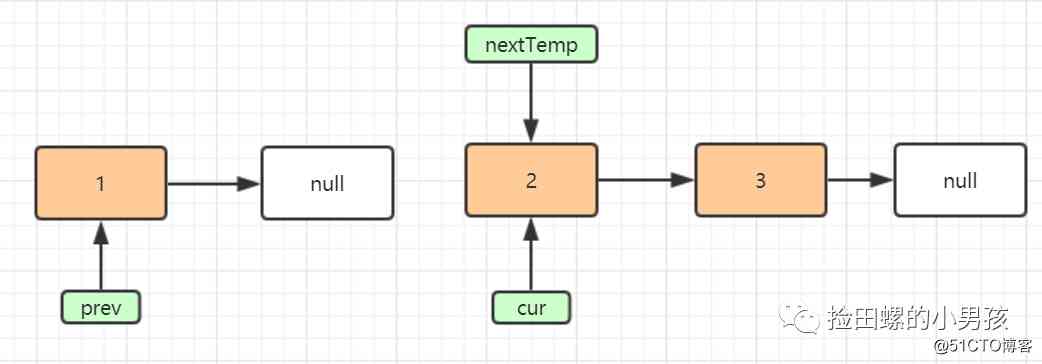
thus , The first cycle is over , Go back to the cycle condition ,curr Still not null, Let's go on and finish it .
5-8 Run the line code again , You can get pictures in turn :
ListNode
nextTemp
=
curr
.
next
;
//5
curr
.
next
=
prev
;
// 6
prev
=
curr
;
//7
curr
=
nextTemp
;
//8 After execution ListNodenextTemp=curr.next; after :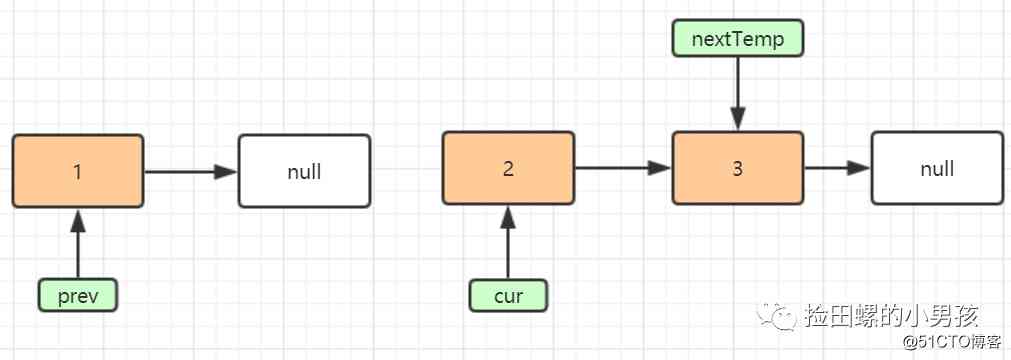
After execution curr.next=prev; after :
After execution prev=curr; after :
After execution curr=nextTemp; after :
Come here , Find out curr Or not for null, Back to while loop , Execute it again :
ListNode
nextTemp
=
curr
.
next
;
//5
curr
.
next
=
prev
;
// 6
prev
=
curr
;
//7
curr
=
nextTemp
;
//8You can get pictures in turn :




Come here , We found that curr Have been to null 了 , Can jump out of the loop . Now prev It points to the reverse of the list , So the first 9 The line is finished , The function of reverse linked list is realized :
return
prev
;
//9Reference and thanks
- LeetCode Official website
Official account number

- If you are a good child who loves learning , You can pay attention to my official account. , Study and discuss together .
- If you think there is something wrong with this article , Can comment , You can also pay attention to my official account. , Talk to me in private , Let's learn and improve together .
版权声明
本文为[Snail boy]所创,转载请带上原文链接,感谢
边栏推荐
- ROS学习---远程启动ROS节点
- Adobe Lightroom /Lr 2021软件安装包(附安装教程)
- Static + code block + polymorphism + exception
- 汇编函数mcall systemstack asmcgocall syscall
- A detailed explanation of microservice architecture
- Data transmission of asynchronous serial communication controlled by group bus communication
- static+代码块+多态+异常
- In the age of screen reading, we suffer from attention deficit syndrome
- Web安全(四)---XSS攻击
- 如何以计算机的方式去思考
猜你喜欢

WPF 关于绘图个人总结

IDEA-项目未自动生成 .iml 文件

What do you think of the most controversial programming ideas?
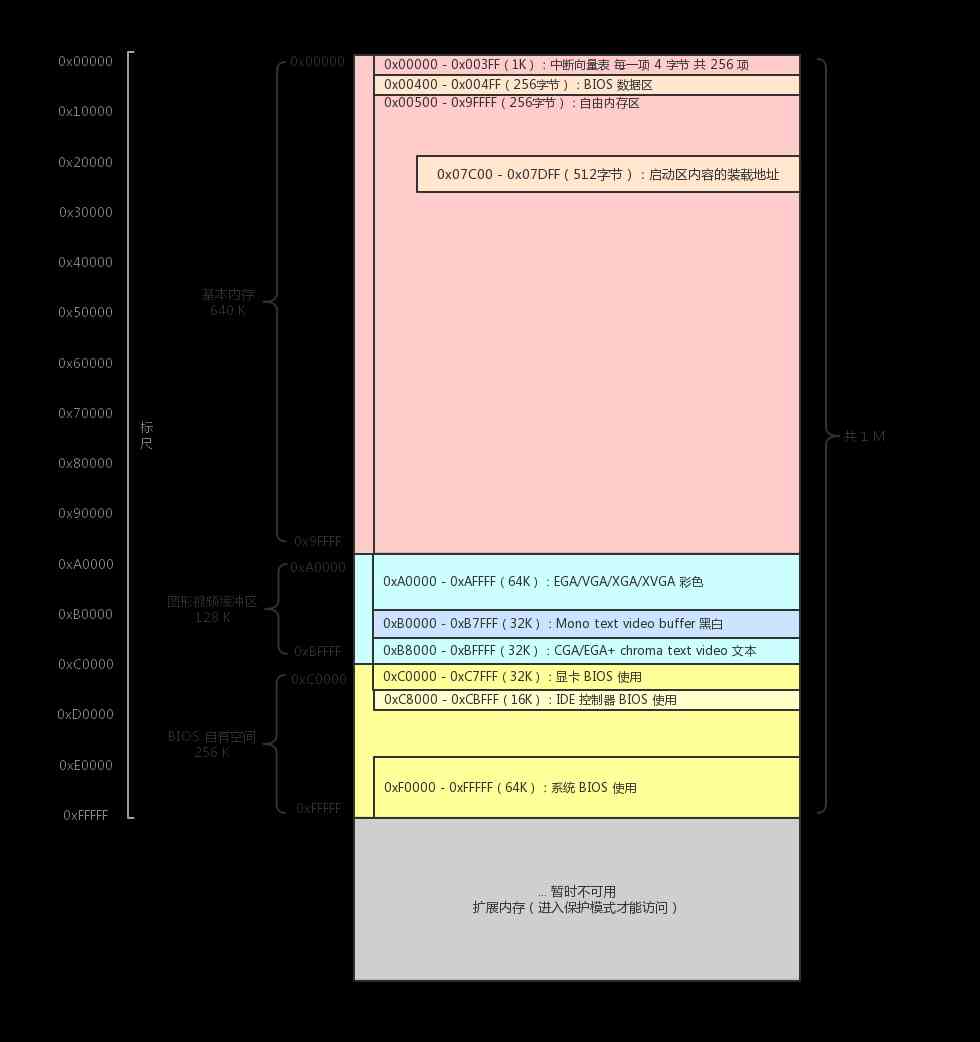
The most hard core of the whole network explains the computer startup process
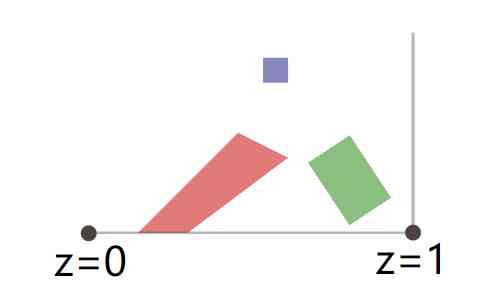
浅谈HiZ-buffer

关于晋升全栈工程师,从入门到放弃的神功秘籍,不点进来看一看?
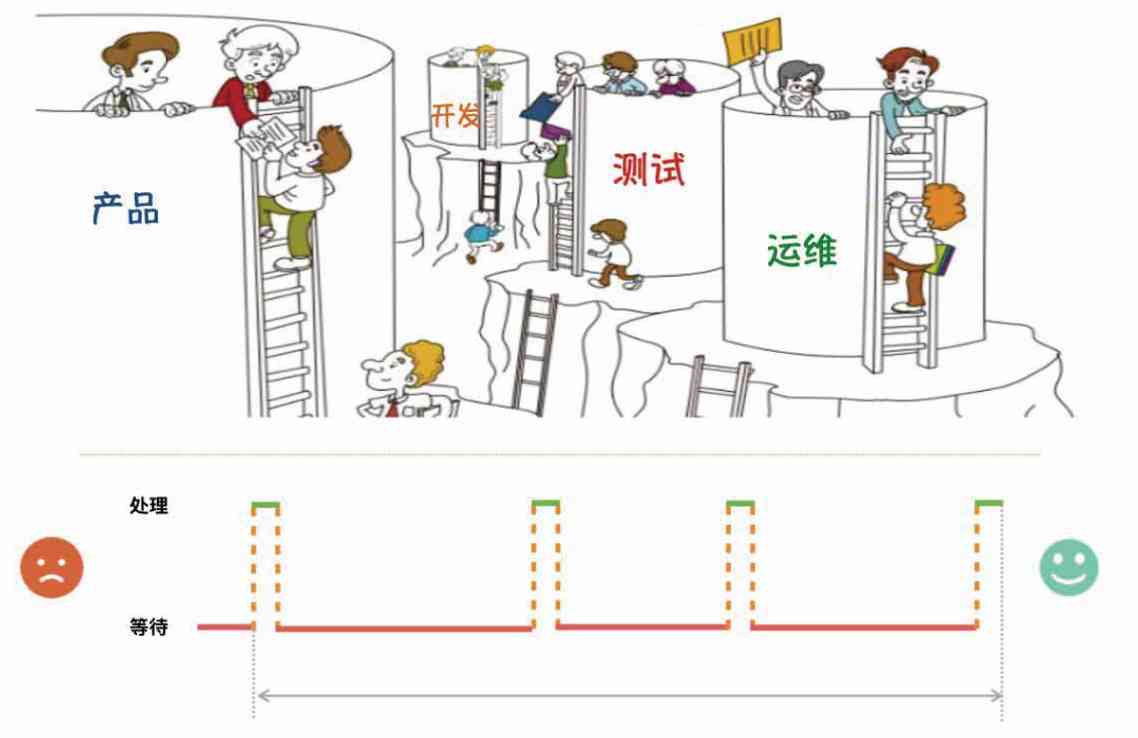
From technology to management, the technology of system optimization is applied to enterprise management

盘点那些争议最大的编程观点,你是什么看法呢?
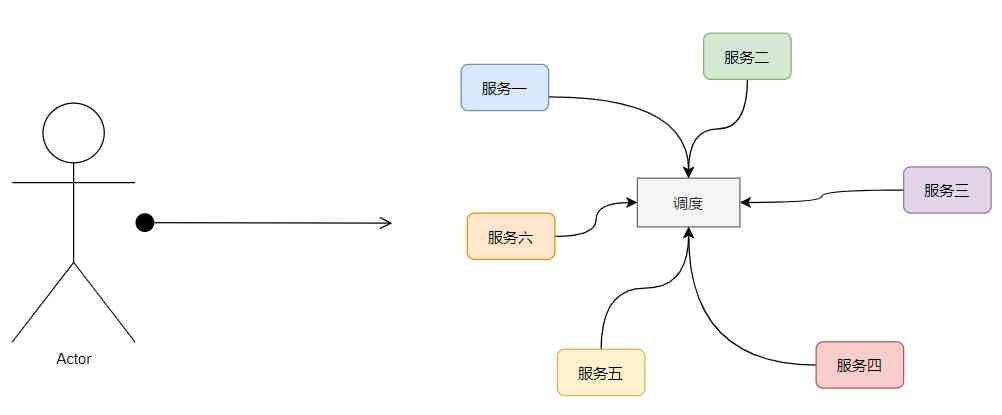
Design pattern of facade and mediator
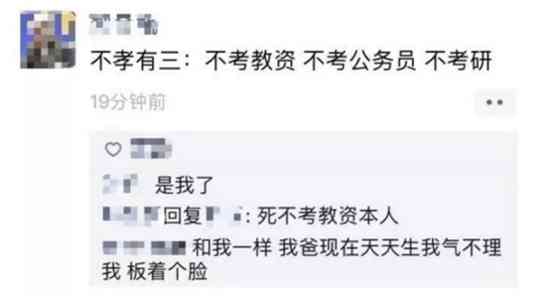
Annual salary of 900000 programmers is not as good as 3800 civil servants a month? How to choose between stability and high income?
随机推荐
Three steps, one pit, five steps and one thunder, how to lead the technical team under the rapid growth?
Adobe Prelude /Pl 2020软件安装包(附安装教程)
When tidb and Flink are combined: efficient and easy to use real-time data warehouse
ngnix集群高并发
[original] the influence of arm platform memory and cache on the real-time performance of xenomai
awk实现类sql的join操作
What do you think of the most controversial programming ideas?
Got timeout reading communication packets解决方法
我是如何失去团队掌控的?
WPF 关于绘图个人总结
大数据算法——布隆过滤器
【原创】ARM平台内存和cache对xenomai实时性的影响
Dynamic programming -- state compression DP of set represented by binary
密码学-尚硅谷
是时候结束 BERTology了
凯撒密码实现
Reflection on a case of bus card being stolen and swiped
低代码 vs 模型驱动,它们之间到底是什么关系?
From technology to management, the technology of system optimization is applied to enterprise management
GrowingIO 响应式编程探索和实践